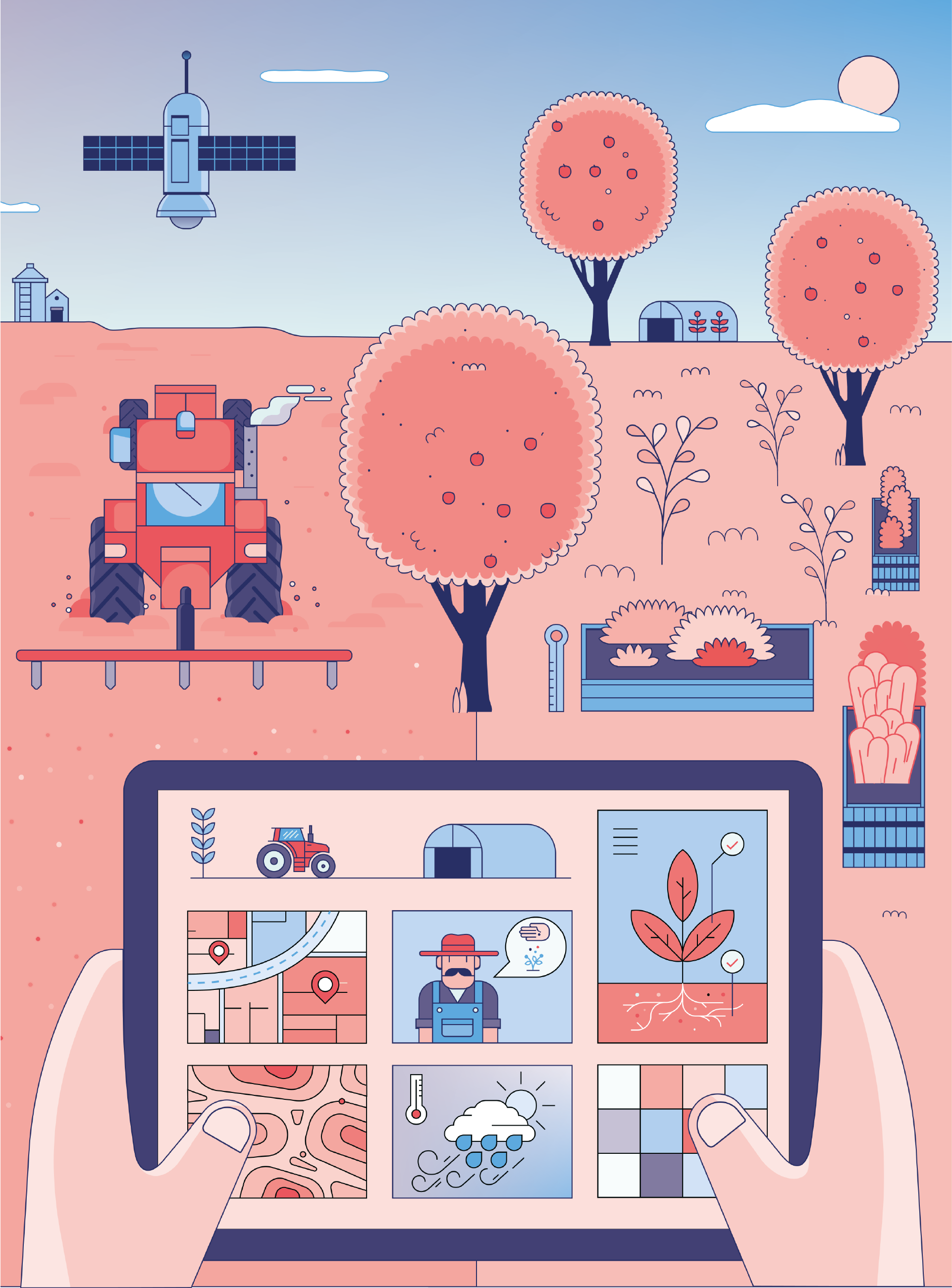Project Title: EO-BASED INFORMATION FOR “SMARTER” AGRICULTURE AND CARBON FARMING
Acronym: CERES
PI: Dr Miloš Kovačević, full professor, Faculty of Civil Engineering, University of Belgrade
SRO’s: Faculty of Civil Engineering, University of Belgrade; Faculty of Mathematics, University of Belgrade
The CERES project deals with the development of tools based on artificial intelligence algorithms intended to support agricultural production. The idea of the project is to create models which would use big geospatial data from various sources – optical and radar satellite images (Copernicus missions), soil related data (in-situ, LandGIS, SoilGrids), accurate meteorological data and textual data available on internet portals intended for agriculture – to automatically generate new information which will help make timely and correct decisions in agriculture.
The models will therefore be developed for early identification of changes in crop growth, automated interpretation of the causes of the changes, yield estimation and estimation of soil organic carbon, identification of tillage activities. To make this possible, researchers will also develop a methodology which will enable the adjustment of source data to adapt them to the needs of model creation.
The use of AI in agriculture is a trend all over the world, however, in Serbia it should be especially important because agriculture is one of the crucial sectors of Serbian economy. This project will be an important step forward in the application of a wide range of relevant data generated on a daily basis and offering a huge potential for improving agricultural production and developing the concept of smart agriculture.
PROJECT OBJECTIVE: The goal of the CERES project is to create a model based on artificial intelligence algorithms and geoinformatics, which will be employed to support agricultural production in Serbia.
METHODOLOGY: This project uses artificial intelligence together with remote sensing, text mining and geoinformatics products, including soil sampling, to generate useful information in order to improve agriculture.
EXPECTED RESULTS: Researchers expect that the results of this project will help agricultural manufacturers base their decisions on current data rather than assumptions.

Illustration: Zeljko Loncar


